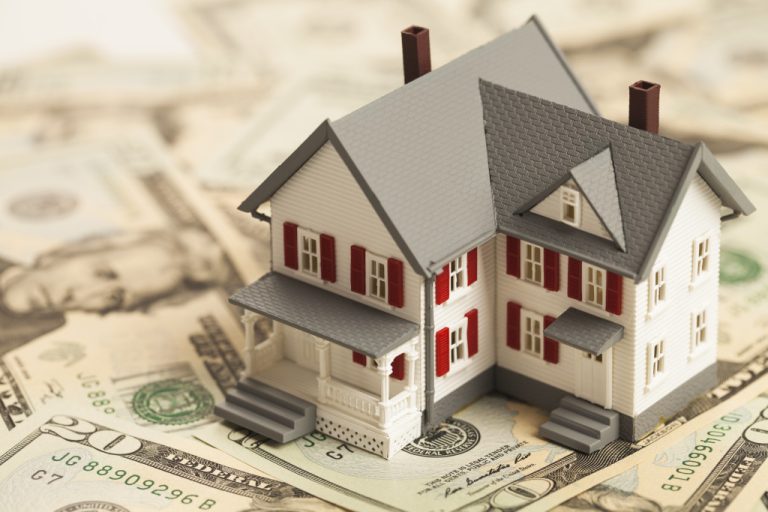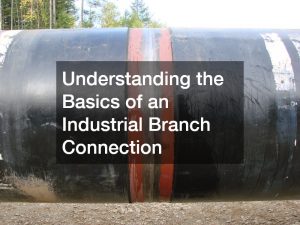When it comes to residential properties, safety and security are always top priorities. Who would want to live in a neighborhood where they don’t feel safe? As a property manager, you are responsible for ensuring tenants feel secure in their homes. Take a look at the importance of safety and security in residential properties and provide tips on maintaining them.
Why Security is Important for Your Properties
The physical security of your rental properties has a direct influence on the success of your business. Tenants want to be able to trust that their residence will be safe and secure at all times. If they don’t feel safe in their rented home, chances are they won’t stay there long. On top of that, potential tenants may be deterred from renting with you if they suspect an issue with safety and security at your properties. Having good security measures in place can help attract potential tenants while keeping current tenants happy and satisfied with their living situation.
Possible Safety Issues to Address
You may think your rental properties are secure enough, but it’s always a good idea to take another look. Identify any potential security risks that may be present and address them as soon as possible. Here are some possible safety issues you should look for:
Poor Lighting: This may be due to inadequate or broken lighting fixtures in the building or the parking area.
Poor Entry System: This accounts for anything from weak locks to broken automatic entry systems.
Poor Surveillance: You may have placed surveillance in the area, but it won’t do much good if it’s not monitored.
Inadequate Security Cameras: This could mean cameras are placed in the wrong areas or don’t provide enough coverage.
Unfenced Backyards: This may come from an old fence or needs to be properly installed.
Outdated Locks: Old locks, such as knob locks or deadbolts, can put tenants at risk.
Loose Railings: These are hazards, especially on balconies or porches.
Sketchy neighbor: Perhaps a tenant or resident in the area is known for their disruptive behavior or criminal activities.
Tips for Maintaining the Security of Your Properties
Once you’ve identified any possible security risks, it’s time to ensure your tenants feel safe and secure in their homes. Here are some tips for maintaining safety and security at your properties:
Lighting: Make sure all lighting is in good working order and sufficient to provide adequate illumination. Consider installing motion-activated lights or timers when it gets dark. Place lighting in strategic places such as walkways and near entry points. This way, tenants will know where to find safety when needed and will also discourage any unwanted visitors.
Entry System: Have a reliable entry system that requires key cards, passcodes, or key fobs. Consider the option of providing electric bolt locks. These locks send an electrical impulse to the motor-driven actuator, either from a keypad or a wireless remote control sensor, which will open and close the door. Only the people with the correct key card, passcode, or key fob can gain entry.
Surveillance: Install a good surveillance system with cameras that can detect movement and record footage for review. Place the cameras in public spaces, parking lots, hallways, stairwells, and entrances. Make sure you regularly check the footage to look for any suspicious activity. However, it is still best to have someone monitor the surveillance all the time.
Fences: Install secure fences around all sides of the property and make sure they are in good condition. Choose secure materials such as wood or vinyl for the fencing.
Safety Training: You can conduct safety training sessions for your tenants. Teach them about the security features in place, such as locks and cameras, and how to use them properly. Give tips on what to do if they hear an intruder or see suspicious activity in the area.
Always check the integrity of the doors and windows: Make sure all doors and windows are in good condition and locked at all times. You can also install security bars or grilles to reinforce the protection of the entry points.
Provide emergency contact information: Give all tenants a list of contacts to call in case of an emergency. This should include the police, the fire department, and the property management company. If the sketchy neighbor is causing trouble, address the issues and take necessary actions to protect your tenants, such as getting a restraining order or calling law enforcement.
Implementing these tips can help make your rental properties safer and more secure for all tenants. Maintaining a safe and secure environment is essential for providing a quality living experience to tenants. As a property manager, taking the necessary steps to ensure everyone feels comfortable and secure in their homes is important. Keeping these tips in mind ensures the success of your rental business by creating an atmosphere where people feel comfortable living in their rented residences at all times.





